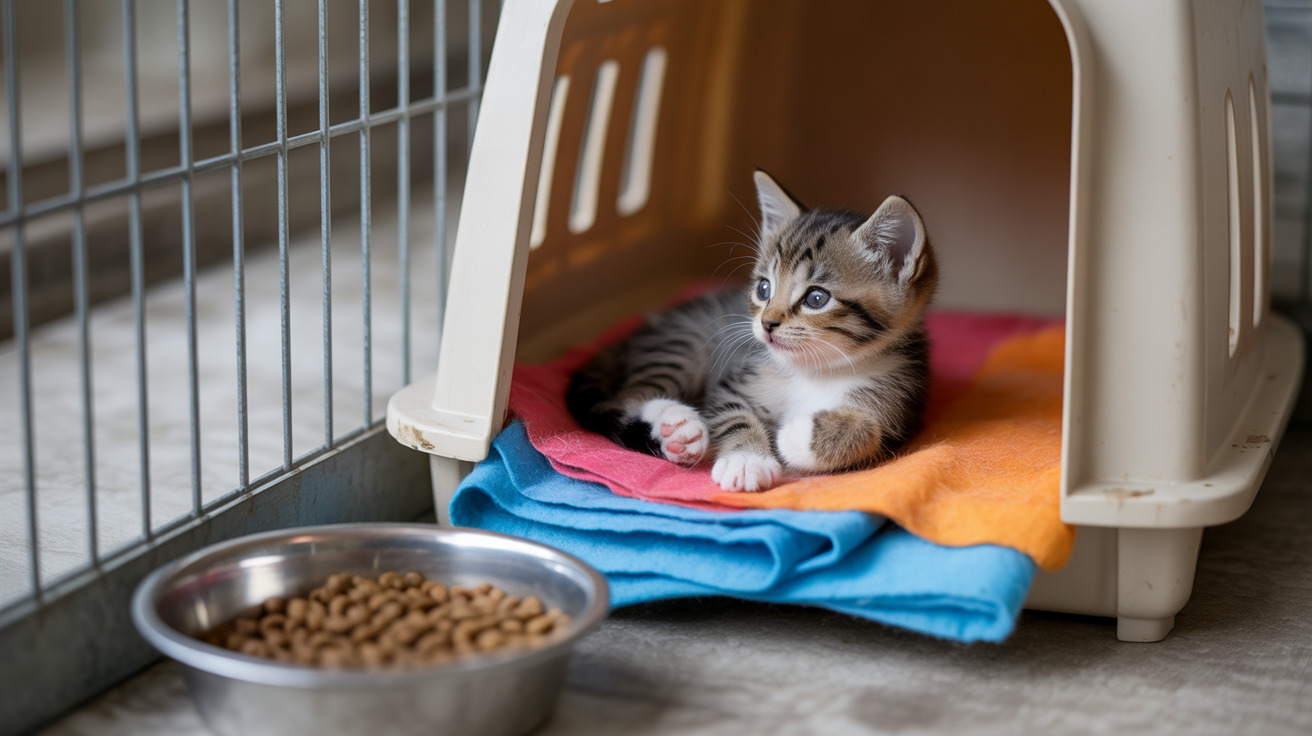A residence in Edison, New Jersey, was recently condemned and vented by authorities after numerous small animals were discovered living in unsanitary conditions, bringing renewed attention to the serious issue of animal hoarding. This case underscores the urgent need for pet owners and community members to recognize the warning signs of animal hoarding and understand the resources available to address these situations before they escalate to dangerous levels.
Animal hoarding affects thousands of animals across the United States each year, often resulting in severe neglect, health complications, and unsafe living conditions for both animals and humans. The Edison case serves as a stark reminder that hoarding disorder can quickly overwhelm even well-intentioned pet owners, leading to devastating consequences for all involved.
Understanding Animal Hoarding and Its Impact
Animal hoarding occurs when an individual accumulates more animals than they can properly care for, often in denial about the deteriorating conditions. Unlike legitimate animal rescues or sanctuaries, hoarding situations typically involve inadequate food, water, veterinary care, and sanitation. The psychological aspects of hoarding disorder make it particularly challenging to address, as individuals often believe they are helping animals despite evidence to the contrary.
In cases like the recent Edison incident, authorities must work quickly to assess animal welfare and human safety. When homes become condemned due to animal hoarding, it indicates that conditions have reached levels that pose serious health risks to occupants and neighbors.
Signs of Animal Hoarding in Communities
Pet owners and neighbors should be aware of several warning signs that may indicate an animal hoarding situation is developing. Strong, persistent odors emanating from a property often signal poor sanitation conditions. Visible accumulation of animal waste, damaged property, and animals appearing malnourished or sick are additional red flags.
Other concerning indicators include seeing numerous animals in windows or yards without adequate shelter, hearing excessive barking or animal sounds at all hours, and observing that animals rarely or never receive veterinary care. Property owners who become increasingly isolated or defensive about their animals may also be struggling with hoarding disorder.
Animal Rescue and Recovery Process
When animal control services intervene in hoarding cases, rescued animals typically require extensive rehabilitation before they can be considered for adoption. Many animals removed from hoarding situations suffer from medical issues, behavioral problems, and socialization deficits that require specialized care.
The recovery process for rescued animals often involves immediate veterinary assessment, treatment for parasites and infections, nutritional rehabilitation, and behavioral evaluation. Some animals may need long-term medical care or specialized placement, while others can be successfully rehabilitated and placed in loving homes.
New Jersey Animal Cruelty Laws and Enforcement
New Jersey maintains strict animal cruelty laws that address hoarding situations and animal neglect. Under state law, individuals who fail to provide adequate food, water, shelter, or veterinary care can face criminal charges. Animal control services work closely with local law enforcement and health departments to investigate reported cases and remove animals when necessary.
Legal penalties for animal hoarding and cruelty in New Jersey can include fines, jail time, and restrictions on future animal ownership. Courts may also require psychological evaluation and treatment for individuals struggling with hoarding disorder.
How to Report Animal Abuse and Get Help
Community members who suspect animal hoarding or neglect should contact their local animal control services immediately. Most municipalities have dedicated hotlines for reporting animal welfare concerns, and reports can often be made anonymously. When reporting suspected hoarding, provide specific details about observed conditions, number of animals visible, and any immediate safety concerns.
For individuals struggling with too many pets, reaching out for help early can prevent situations from escalating to dangerous levels. Local animal shelters, rescue organizations, and veterinarians can provide resources and support for pet owners facing challenges.
Frequently Asked Questions
- What are the warning signs of animal hoarding in a home or neighborhood? Warning signs include strong odors, visible animal waste accumulation, numerous animals in poor condition, excessive noise, and property damage. Animals may appear malnourished or lack proper shelter and veterinary care.
- How many animals is too many to safely care for in one household? There's no specific number, as it depends on the owner's ability to provide adequate food, water, shelter, veterinary care, and attention. When basic needs cannot be met for all animals, it's too many regardless of the actual count.
- What happens to animals rescued from hoarding situations, and can they be adopted? Rescued animals receive veterinary care, behavioral assessment, and rehabilitation. While many can eventually be adopted, some may require specialized care or placement depending on their physical and emotional condition.
- What are the legal penalties for animal hoarding and cruelty in New Jersey? Penalties can include criminal charges, fines, imprisonment, and restrictions on future animal ownership. Courts may also mandate psychological evaluation and treatment for hoarding disorder.
Protecting Animal Welfare in Our Communities
The Edison animal hoarding case reminds us that protecting animal welfare requires community awareness and prompt action. By understanding the signs of hoarding and knowing how to report concerns, we can help prevent situations from reaching crisis levels and ensure animals receive the care they deserve.
If you suspect animal hoarding in your area, don't hesitate to contact local authorities. Early intervention can make the difference between rescue and tragedy for both animals and their owners.






